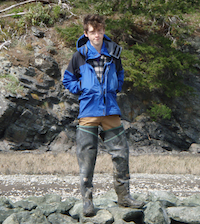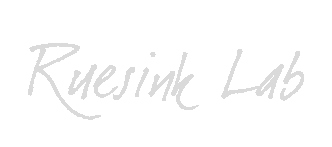
Corals and trees build reefs and forests that support impressive biodiversity. These habitat-forming species modify their environments and provide physical structures upon which other organisms depend. The dynamics of habitat-forming species can therefore have special consequences, and present excellent opportunities for ecological research.
The seagrass Zostera marina (eelgrass) forms underwater meadows that host a rich community of marine life. I am interested in the basic principles that control eelgrass dynamics, and how these principles structure the meadow community. At the University of Washington I have pursued field experiments to explore several questions:
-- How does competition operate between individual eelgrass plants? How does this competition manifest at the level of whole meadows?
-- Does facilitation between individual eelgrass plants outweigh competition in certain contexts?
-- Can changes in eelgrass drive changes in the meadow's invertebrate community?
In addition to these projects, I am currently investigating the environmental effects of geoduck farming. Geoduck clams (Panopea generosa) represent an expanding fishery in Washington State, and the effects of farming activity on nearshore ecosystems are unknown. I hope to answer the following questions:
-- Does geoduck farming impact eelgrass? If so, how resilient is the eelgrass?
-- Are there detectable 'spill-over' effects of geoduck farming on adjacent eelgrass habitat?
-- How does geoduck farming affect belowground invertebrate communities?
The results of this project can be accessed here.
|

